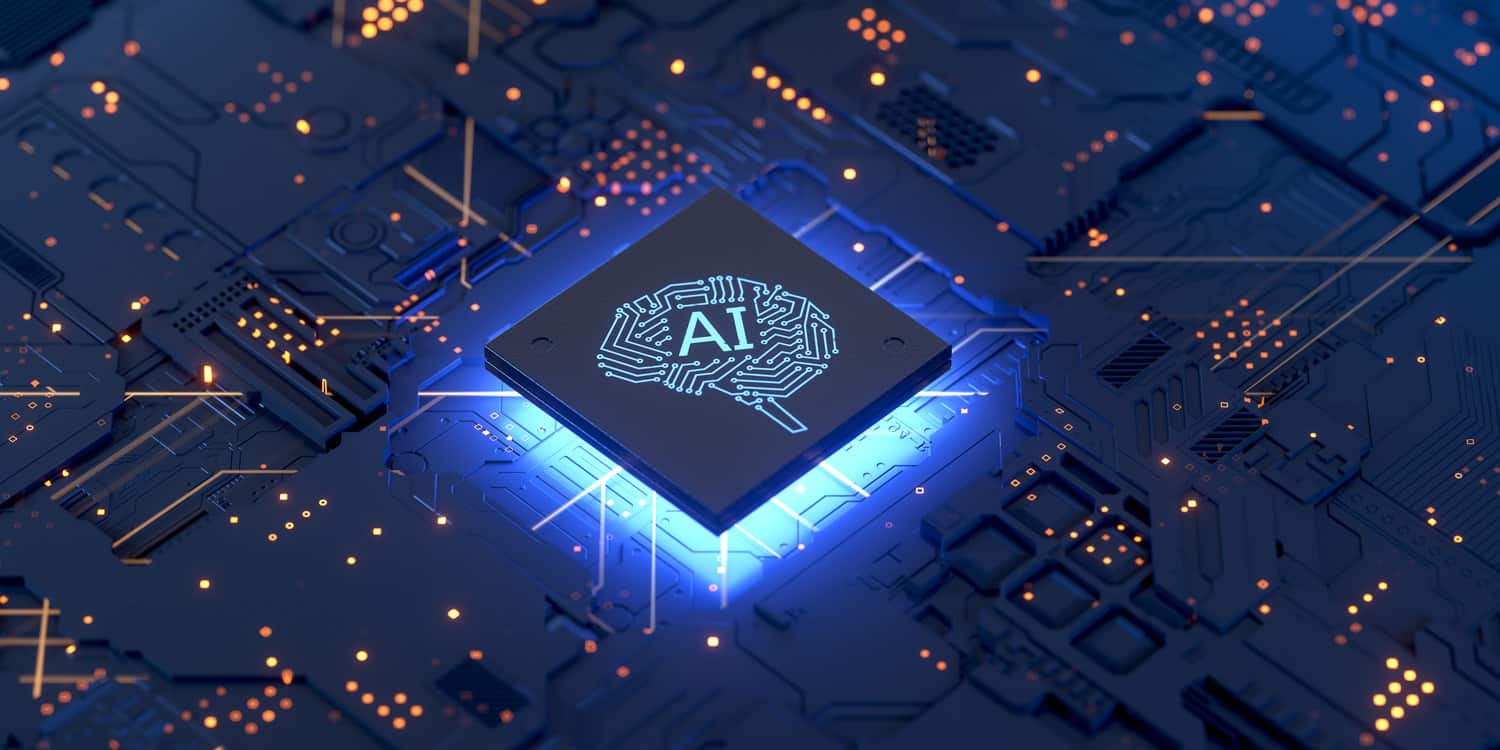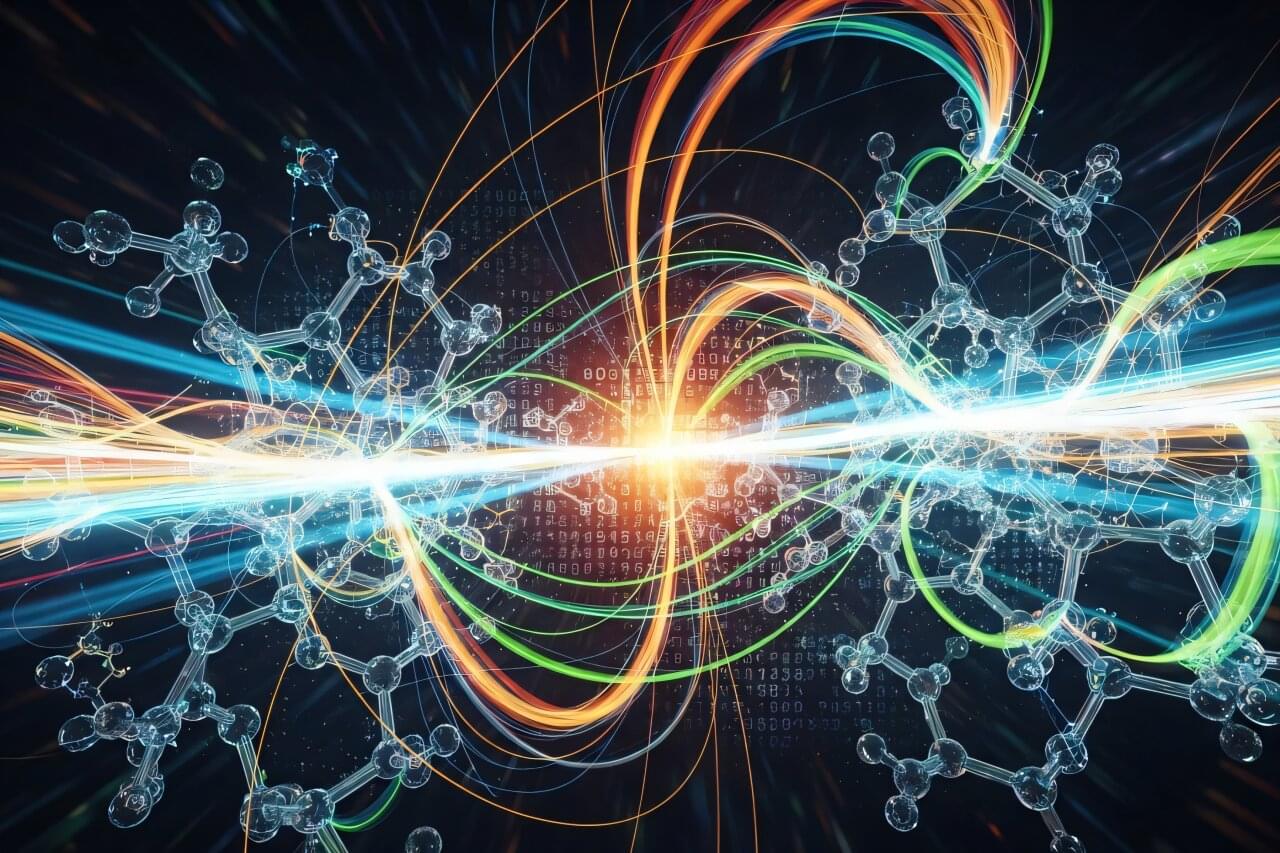🔵 Try Epoch Times now: https://ept.ms/3Uu1JA5
This is the full version of Jan Jekielek’s interview with Max Tegmark. The interview was originally released on Epoch TV on June 3, 2025.
Few people understand artificial intelligence and machine learning as well as MIT physics professor Max Tegmark. Founder of the Future of Life Institute, he is the author of “Life 3.0: Being Human in the Age of Artificial Intelligence.”
“The painful truth that’s really beginning to sink in is that we’re much closer to figuring out how to build this stuff than we are figuring out how to control it,” he says.
Where is the U.S.–China AI race headed? How close are we to science fiction-type scenarios where an uncontrollable superintelligent AI can wreak major havoc on humanity? Are concerns overblown? How do we prevent such scenarios?
CHAPTER TITLES




